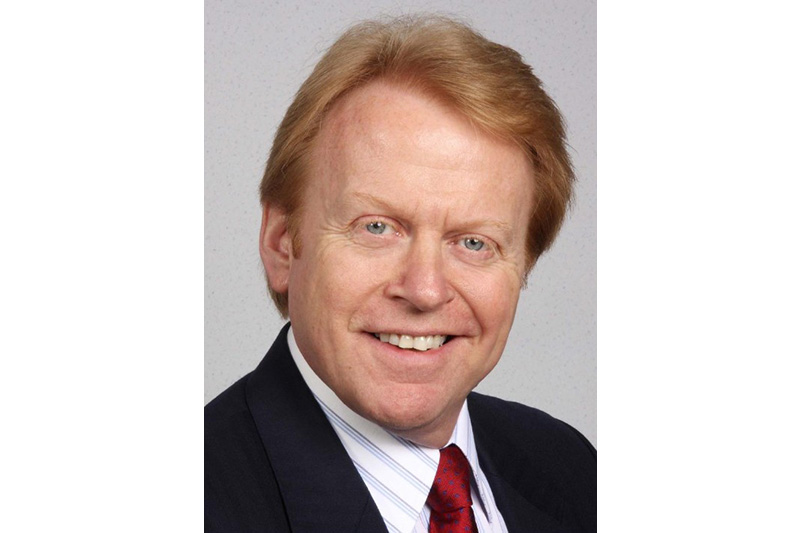
The IMI’s Chief Executive Steve Nash caught up with PMM recently to discuss why the industry can really benefit from diversity increases and what workshops can do to promote diversity in the workplace.
Hi Steve, can you tell readers about what the IMI has been doing to promote a more diverse automotive industry?
We’ve been very heavily engaged in equity, diversity and inclusion over the last year, convening a cross-industry taskforce of people to represent the following three areas: visible and invisible disability; race and ethnicity; and gender in its broadest sense. There’s a practical element to all of this as we are now facing some of the greatest skills shortages we’ve seen to date. As an industry, we’ve not been particularly diverse historically and it’s not really possible for us to continue down that path.
We’re not alone in that, of course, it’s something that affects all sectors. However, if we’re going to address the skills shortages in our sector specifically, we have to fish in much more of the pond than we have done previously. We’ve always been underrepresented on the female side, for instance. Considering that women make up 51% of the population now, it’s crazy for us not to have a better balance. There are many other underrepresented minorities and there is a bigger issue than simply plugging the skills gap, which is urgent.
So there is a need for diversity that goes beyond just numbers?
Beyond the practical element, it’s also about understanding our workforce better. We have, for example, a lot of neurodiversity in the industry. So the one area where as an industry we are actually overrepresented compared to other sectors is in people with invisible disabilities, whether that be dyslexia, ADHD or a number of other neurodiversities.
If we can understand the situation of our workers better, we can do a better job for them and they in turn will do a better job for us.
Why is diversity itself a good thing?
It’s important that we recognise that the more diverse a workforce is, the more effective it is. That has been researched extensively and there are some brilliant examples of it. The one that sticks in my mind is the CIA. The CIA receives around 50,000 applications a year, from which they always took the cream of the crop of Ivy League universities – so these are very intelligent people from the top universities in the States. The thing was, though, they all came from the same kind of background. They were predominantly white, all from upper middle class or upper class backgrounds, so they all shared a collective blindspot. When Osama bin Laden came on the scene, they didn’t take him seriously because they didn’t understand any of the cultural references. Ultimately they paid a heavy price because they couldn’t see the threats that were there. It’s been well proven that the more diverse your workforce is, the greater the variety of ideas you generate.
And it pays off in a more literal sense too?
It is directly measurable on the bottom line. Even if people feel cynical about this stuff and think it’s just “being woke”, it’s worth listening. I’ve always said right from the beginning that I wanted to see outputs that would appeal to even the biggest cynic. I want them to say: “I think I can’t afford not to do this stuff because otherwise I’m not going to have the workforce I need going forward.”
If your workforce doesn’t look anything like the people walking up and down the street outside, you probably need to think about changing that. One way is through apprenticeships. We’ve got a Return on Investment calculator on our website which shows what kind of return you could expect from employing an apprentice, which is way more positive than most people believe it to be.









